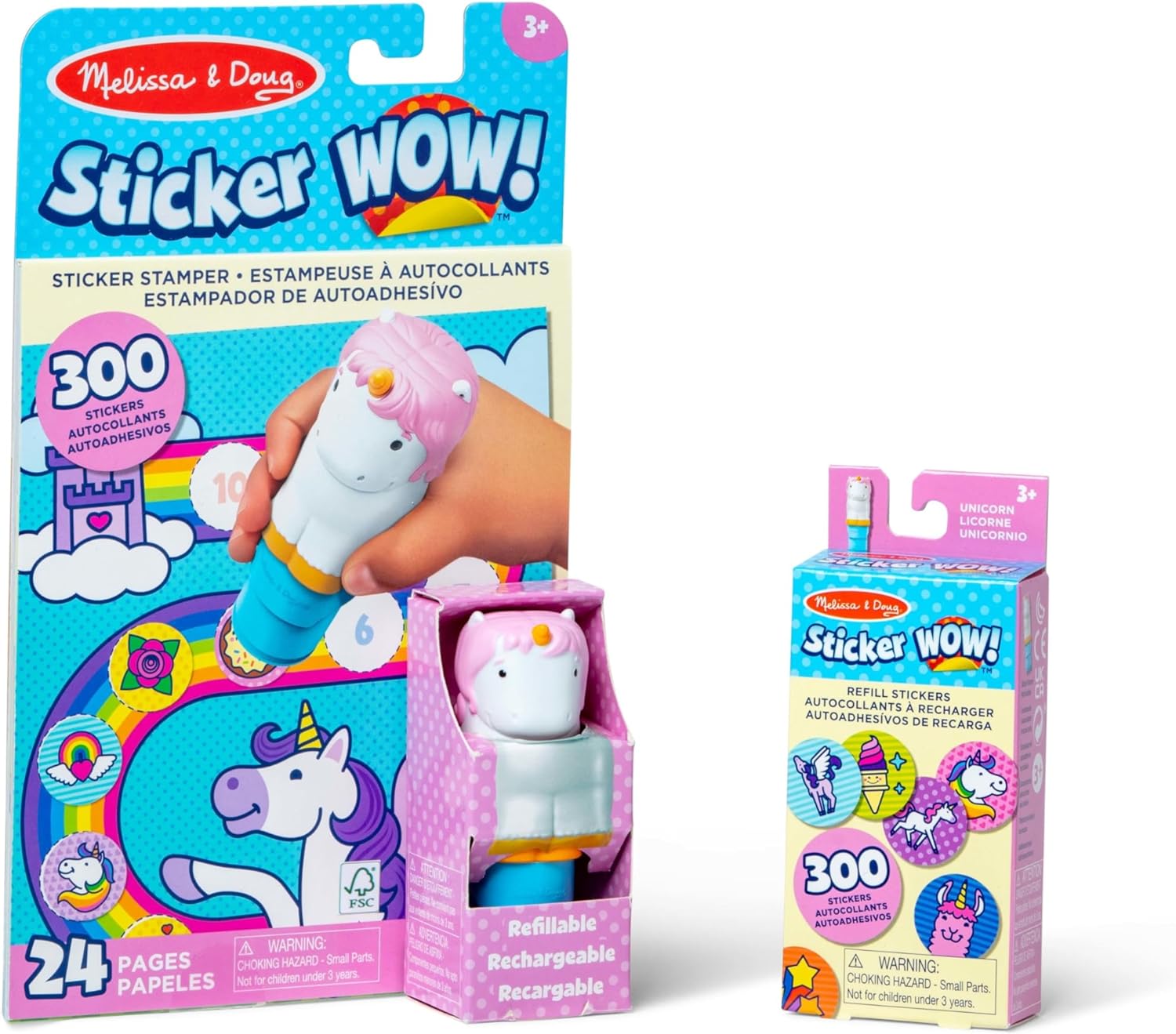Introduction
Incorporating effective Planner Organization Ideas into your routine can drastically improve how you manage time and tasks. Using planner organization tips and tools like color code systems or highlighters can help you visually distinguish between different areas of your life, from work to personal goals. Whether you choose a daily planner or one planner for everything, the key is to stay on track and keep everything organized. By setting up your planner in a way that resonates with your daily activities and preferences, you can ensure that you keep you organized and ready to tackle your goals efficiently.
For those new to planning or looking to upgrade, consider various elements like journaling or implementing time management strategies within your planner. Using tools like pen and highlighters to write everything down from important things to goals for the week ensures that you don’t miss any school events or deadlines. Also, consider the layout; simple planner designs like the Happy Planner are great for visual organization, allowing you to use these planner organization tips effectively. By customizing your planner with ways to organize that fit your needs, such as through color coding, you make it easier to get more done and plan out your entire schedule effectively.
Key Takeaways
- Choosing the right planner tailored to your lifestyle and preferences is crucial for staying organized and efficient.
- Incorporating planner organization ideas, such as color-coding and using highlighters, helps distinguish between different areas of your life.
- Prioritizing tasks and setting realistic deadlines in your planner aids in maintaining productivity and managing your workload effectively.
- Customizing your planner with stickers and inserts enhances functionality and keeps your planning engaging and enjoyable.
- Utilizing printable templates and creative layouts in your planner can streamline your organization and increase your motivation.
- Incorporating both monthly and weekly pages into your planner ensures comprehensive coverage of tasks and deadlines, helping you stay on top of your schedule.
Choosing and Using the Right Planner

Choosing the right planner is essential to order to stay organized and efficient. Consider your personal style and needs when selecting a planner. Whether you prefer a digital planner or a physical one, it’s vital to use a planner that suits your lifestyle. Employing a planner each day effectively can help you manage your daily tasks, making it easy to forget things that could disrupt your workflow. Implementing color coding is one effective strategy, ensuring you need to stay on top of everything from work commitments to personal projects.
| Feature | Purpose | Implementation Tips |
|---|---|---|
| Daily, Weekly, Monthly Spreads | Facilitates short-term and long-term planning | Use different color codes for various types of activities; add sections as needed for specific tasks or notes. |
| Color Coding | Enhances organization and quick reference | Assign colors based on activity type or priority; helps in quickly distinguishing between tasks. |
| Stickers and Decorations | Makes the planner visually appealing and engaging | Use functional stickers for important reminders or events; can include motivational quotes or personal photos to personalize. |
| Prioritization of Tasks | Helps in managing workload | Create a ‘Top 3’ list of daily priorities to focus on high-priority tasks, ensuring they are prominently placed within the planner. |
| Custom Sections | Tailors planner to personal or professional needs | Add custom tabs for different planning areas like meal plans, workout schedules, or personal goals. |
| Backup Digital Copy | Secures information against loss | Maintain a digital copy of your planner contents to safeguard against physical loss or damage. |
This version of the table focuses on integrating effective planner organization strategies that enhance productivity and personalization.
Factors to Consider When Selecting a Planner
When selecting a planner, consider factors like size, layout, and additional features. A vertical layout might work best for some, while others may benefit from a horizontal view. It’s important to choose a planner that has enough space to write your tasks and notes. Additionally, ensure your planner is portable enough to carry with you daily.
Different Types of Planners
Planners come in various forms, such as paper planners and digital planners. A paper planner allows you to customize with stickers and inserts. On the other hand, digital planners offer flexibility and are accessible from multiple devices. Evaluating your preferences can make it easier to find the perfect planner for your needs.
Prioritize Your Tasks for Maximum Productivity

To stay productive, it’s crucial to prioritize your tasks effectively. Breaking down your daily to-do list into manageable chunks can help you focus on top 3 important tasks. Creating a task list and categorizing them based on order of importance can make your planning process smoother and more efficient. Consider using one simple color to highlight tasks that need to be completed first, enhancing visibility and urgency in your physical planner.
Setting Deadlines
Setting realistic deadlines can help keep your life on track and prevent procrastination. Use your planner to note due dates and be mindful of upcoming deadlines. This habit will enable you to stay organized and meet your obligations on time. Clear deadlines also help you to maintain a balanced workload.
Using a Color-Coding System
Implementing a color-coding system in your planner can streamline your task management. Different colors can signify priorities, categories of tasks, or different aspects of your life. For instance, use one color for work-related tasks and another for personal commitments. This visual aid simplifies your planning system and helps you stay organized.
Enhance Your Planning with Organization Ideas

An organized planner makes it easier to keep track of everything you need to do. Personalize your planner with various planner stickers and inserts to make it more functional. By organizing your planner efficiently and using planner work strategies, you can greatly enhance your productivity and ensure tasks are done each day. Consider using a different color for each category of tasks to visually manage your schedule better. This method is also a great way to keep your commitments and goals aligned, helping you maintain control over your daily responsibilities.
Simple Planner Organization Ideas
-
Use of Planner Stickers and Inserts: Stickers can serve as visual cues for important tasks and deadlines, while inserts like to-do lists and dashboards optimize the planner layout, making daily planning more enjoyable and effective. Integrating a variety of functional and decorative stickers can enhance the planner’s usability and appeal.
-
Utilizing Printable Templates: Printable templates provide flexibility and customization for your planner. They allow you to insert specific pages like task lists, calendars, and habit trackers tailored to your personal or professional needs, enhancing your planner’s functionality and organization.
-
Customization with Accessories: Adding personalized accessories such as tabs, pockets, or covers can make your planner more user-friendly and aligned with your style. Accessories like colorful pens or unique paper clips also add a personal touch while helping to organize content within your planner.
-
Implementing a Color-Coding System: Color-coding your planner entries according to the type of activity or priority can drastically improve your ability to quickly navigate and assess your schedule. This system can be applied to various planner aspects, including tasks, appointments, and personal notes.
These strategies are designed to make your planner a more effective tool for managing your daily activities and enhancing productivity.
Inserting Planner Stickers and Accessories
Adding planner stickers and accessories can make your planner more engaging and useful. Stickers can highlight important tasks and deadlines. Inserts like to-do lists, trackers, and dashboards can optimize your planner layout and keep your life on track. Customizing your planner can make your daily planning more enjoyable and effective.
Utilizing Printable Templates
Printable templates offer a flexible way to enhance your planner organization. Templates for task lists, calendars, and habit trackers can be inserted into your planner. These resources can help you stay organized and maintain a structured planning system. Printables add an element of personalization to meet your unique needs.
Happy Planner Ideas That Inspire You

The Happy Planner is popular for its vibrant designs and versatility. You can use Happy Planner ideas to make your planning process enjoyable and visually appealing. Such ideas can inspire you to keep your planner organized and productive, making sure you stay on top of your daily activities.
Creative Layouts for Your Planner
Explore creative layouts to keep your planner organized. Experiment with various spreads like weekly, daily, or monthly formats. Utilize sections for goals, to-do lists, and motivational quotes. These layouts can help you stay focused and motivated throughout your planning process.
Theme-Based Planning
Consider theme-based planning to add a fun element to your schedule. Themes can be seasonal, holiday-based, or tailored to specific activities. This method enhances your planner’s visual appeal and keeps the planning process engaging. Such approaches help in maintaining consistency and excitement in using your planner.
“Planning is a skill and an art which takes a lifetime to master.” – Paddick Van Zyl
Stay Organized with Effective Planner Layouts
An effective planner layout is key to staying organized and on top of your tasks. Trying different layouts can help you find the one that works best. Ensure your layout includes spaces for all critical elements like task lists, deadlines, and notes. The right layout can significantly enhance your productivity and planning efficiency.
Vertical vs. Horizontal Layouts
Decide between vertical and horizontal layouts based on your planning style. Vertical layouts are great for detailed schedules with timed slots, while horizontal layouts offer more free-form space for notes and lists. Choosing the best layout based on your needs can help you stay organized and productive.
Incorporating Monthly and Weekly Pages
Including both monthly and weekly pages in your planner helps in comprehensive planning. Monthly pages provide a big-picture view, while weekly pages allow for more detailed daily planning. This combination ensures you do not miss out on important tasks and deadlines. It also helps you maintain a balanced workload.
- Sticker Stamper
- 24-Page Activity Pad
- 600 Total Stickers
- Arts and Crafts Fidget Toy Collectible Character
Conclusion
Incorporating Planner Organization Ideas into your routine isn’t just about staying organized; it’s about maximizing your daily productivity and achieving your goals more effectively. By using planning organization techniques like color coding and maintaining a daily schedule, you can ensure that every task—whether for work or personal life—is given due attention. A well-organized new planner can become a central tool in managing your commitments, helping you to jot down and remember every important detail.
To make your planning even more effective, consider tips and ideas that cater to your specific needs, like using planner stickers and templates. These additions are not just functional; they make the planning process enjoyable and personalized. Whether you’re plotting out a week or even month ahead, or you need to order tasks by importance, the right planner organization ideas can transform how you approach your tasks and manage your time. This structured approach ensures you never miss a beat and keep everything in one place, streamlined and ready for action.

James Dunnington leads the James Dunnington Collection, featuring five unique blogs: a practical Pet Care Guide, an enlightening Ancient History Blog, a resourceful Home Improvement Guide, a cutting-edge Tech Innovation Guide, and a strategic Online Money Making platform. Each site delivers valuable insights designed to empower and inform. For updates and more tips, visit our Contact Us page to sign up for our newsletter, ensuring you never miss out on the latest content from any of these dynamic fields.

